- Category
- Life in Ukraine
How Mykolaiv Endures a Water Crisis, in Photos
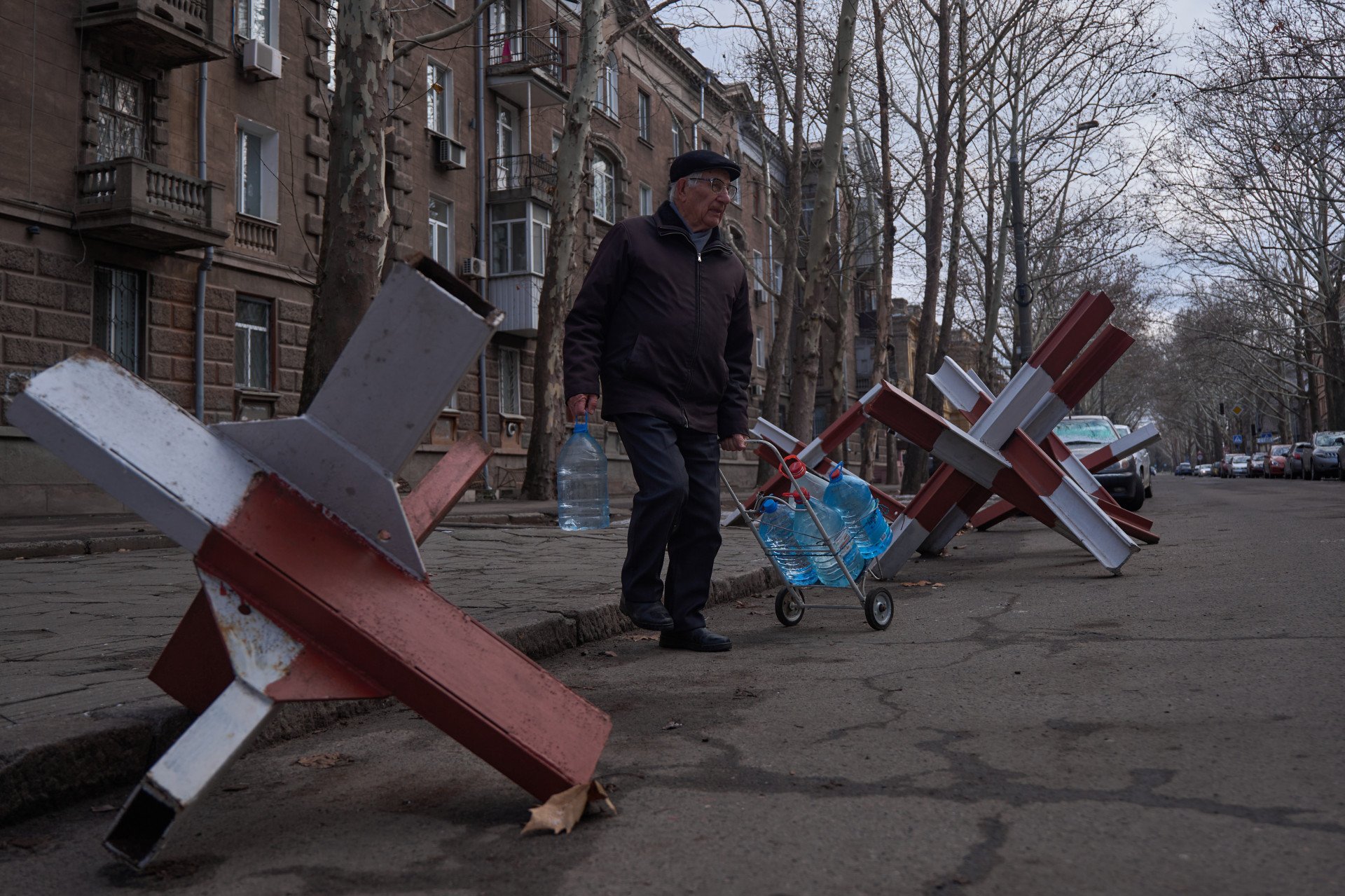
For more than two years, Mykolaiv has survived without a centralized drinking water supply—another crisis caused by Russia’s full-scale war in Ukraine.
Since April 2022, when Russian forces destroyed the Dnipro-Mykolaiv water pipeline, the city has been forced to use water from the Southern Buh River—a source that provides salty, mineral-heavy water unfit for drinking or household use. It corrodes pipes, wrecks appliances, and leaves thick white deposits on everything it touches. As a result, Mykolaiv residents have had to adapt to a new reality, where fetching water has become a part of their daily routine.
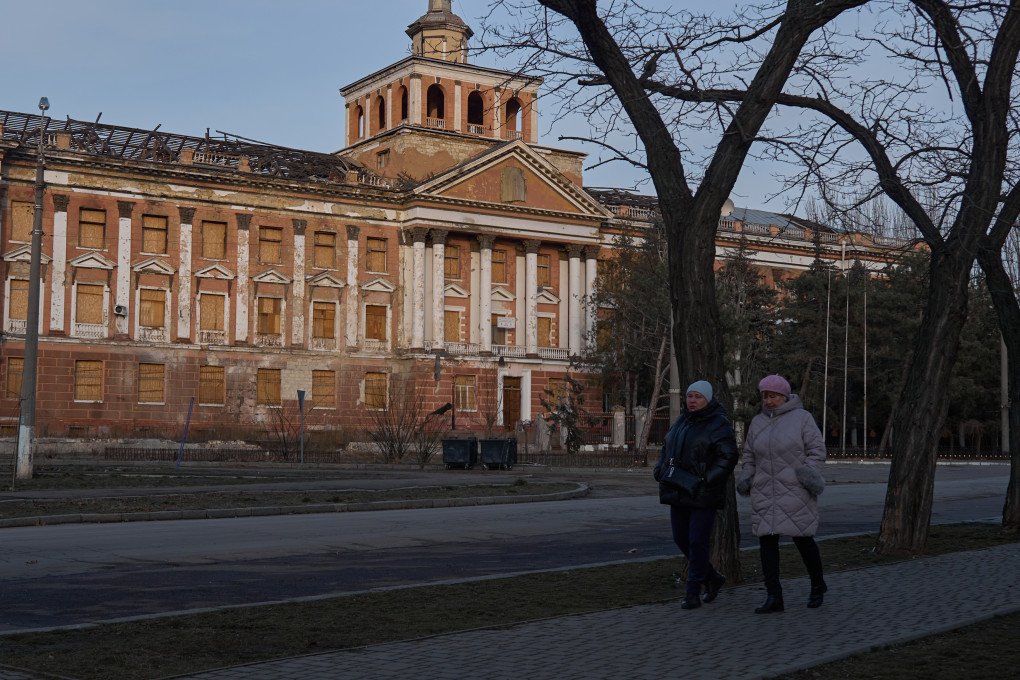
Surviving without proper water supply has been a challenge for the entire city. To ensure that people receive at least a minimal amount of drinking water, around 250 stationary distribution points have been set up across Mykolaiv. Here, residents can collect purified water delivered by tankers. However, even this is not enough, so mobile distribution points also operate in the city.
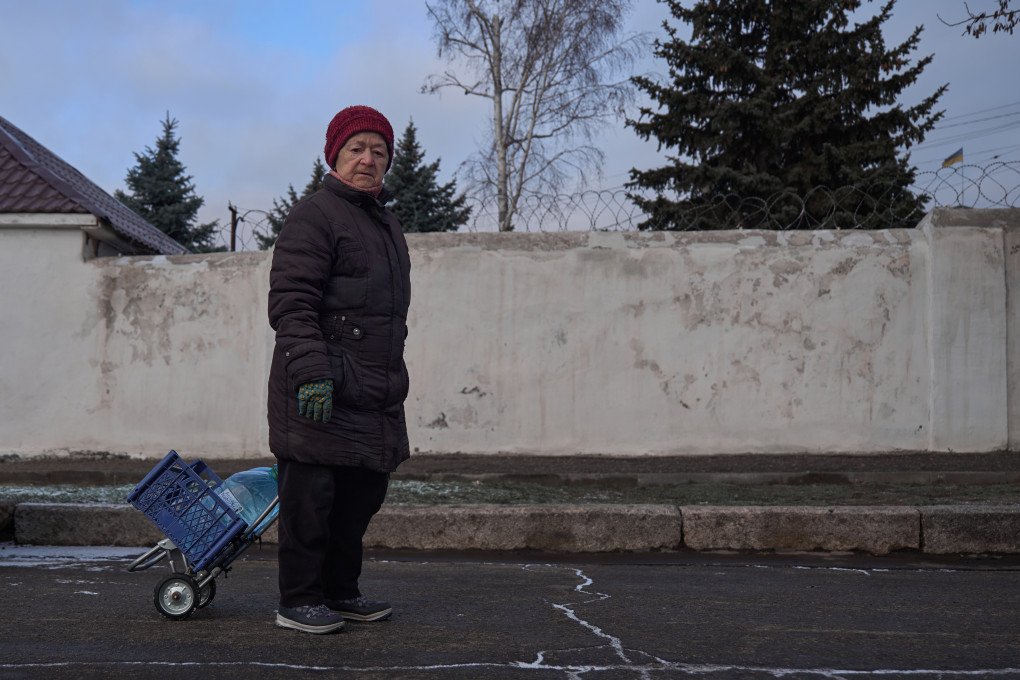
Every day, specially equipped trams and trolleybuses with large tanks follow designated routes, bringing drinking water to residents in remote areas. People—mostly the elderly—arrive early, waiting with empty bottles and canisters in hand. These mobile water carriers have become a symbol of life in Mykolaiv—they arrive where water is needed most.
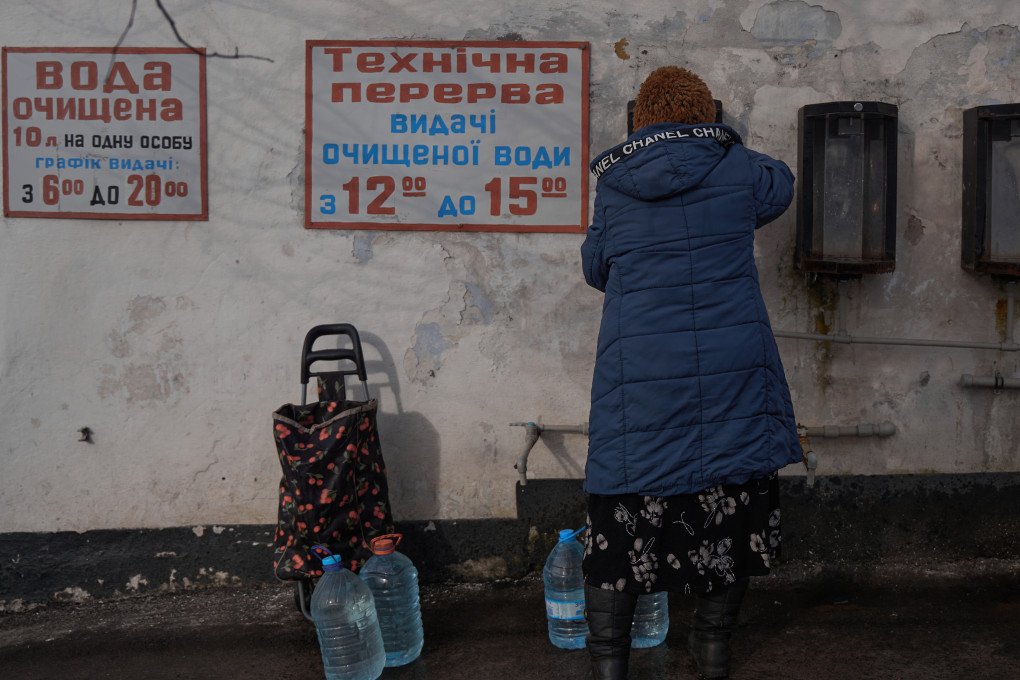
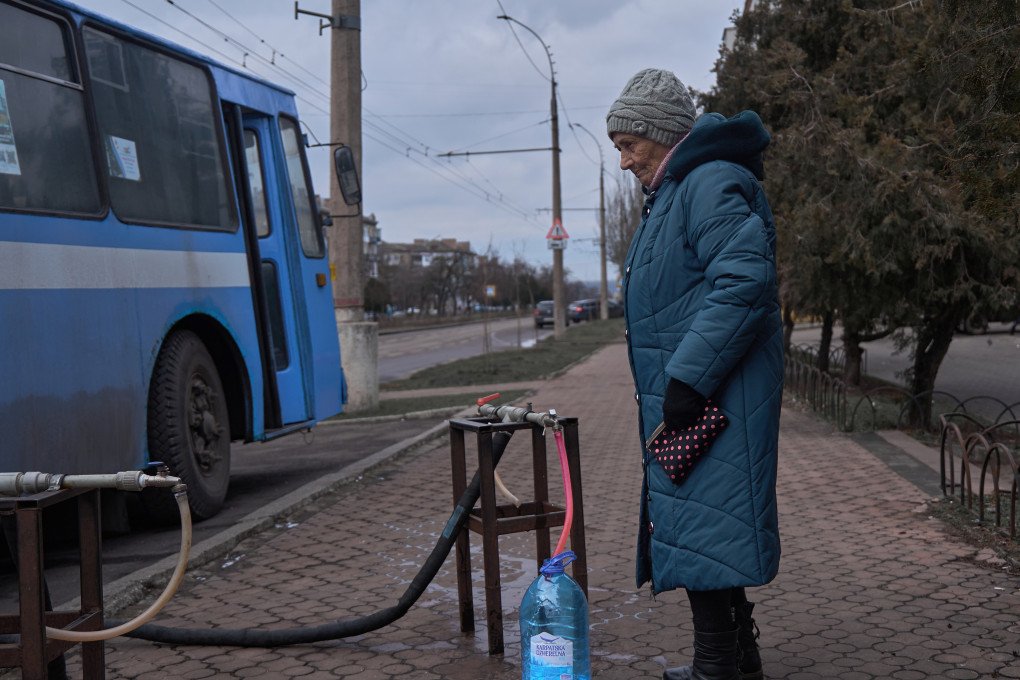
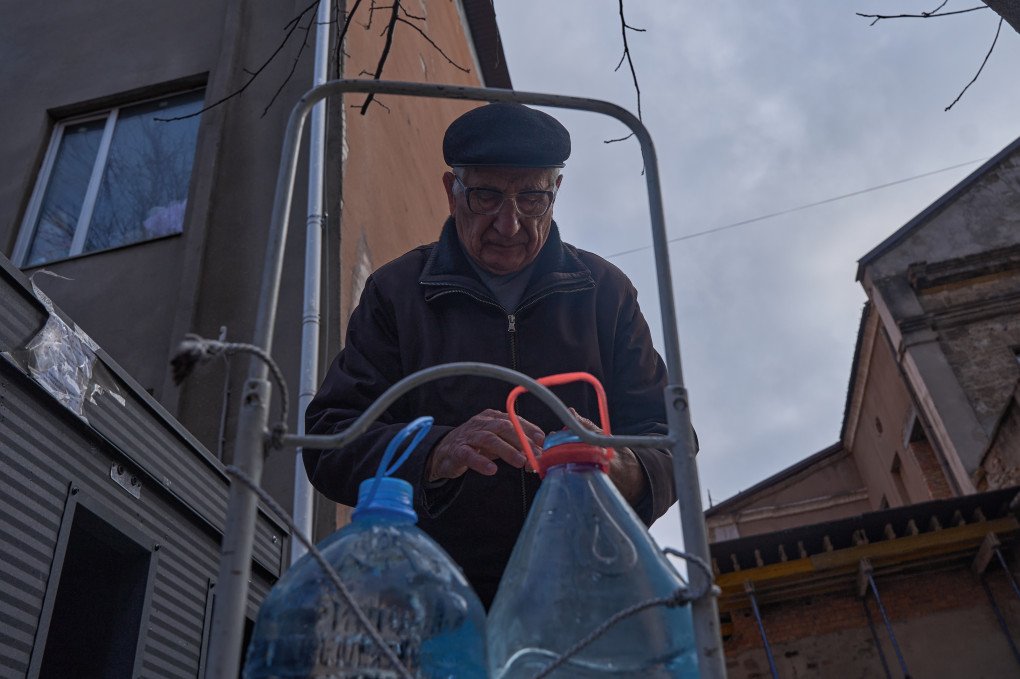
“We’ve already gotten used to it,” says Olha, a pensioner who comes to a distribution point daily. “The most important thing is that they bring water. We can’t do without it.”
What flows from Mykolaiv’s taps can hardly be called water. Pulled straight from the river, it’s too corrosive for washing dishes or doing laundry. High salinity ruins household appliances, coats bathtubs and kettles with thick white residue, and clogs pipes so badly that repair crews are in a constant battle to replace them.
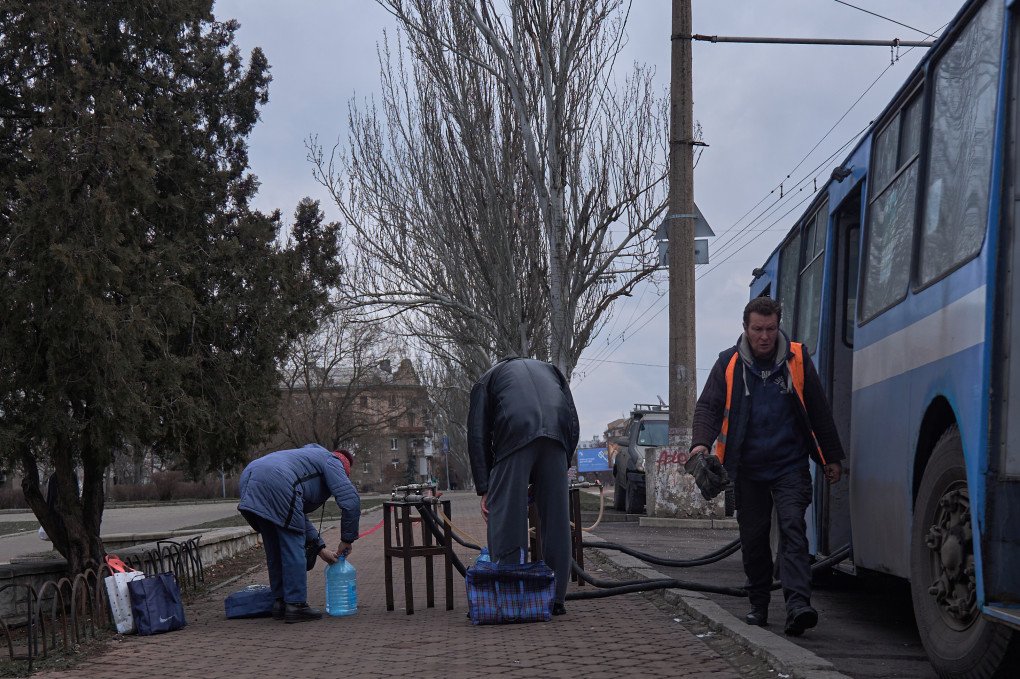
-42696701342093d1cdbc4069f0f07d6c.jpeg)

-29a1a43aba23f9bb779a1ac8b98d2121.jpeg)

-f88628fa403b11af0b72ec7b062ce954.jpeg)
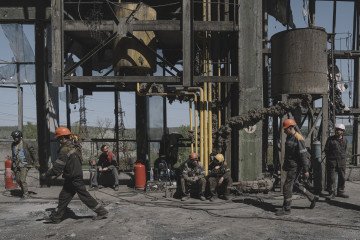
-24deccd511006ba79cfc4d798c6c2ef5.jpeg)

-73e9c0fd8873a094288a7552f3ac2ab4.jpg)